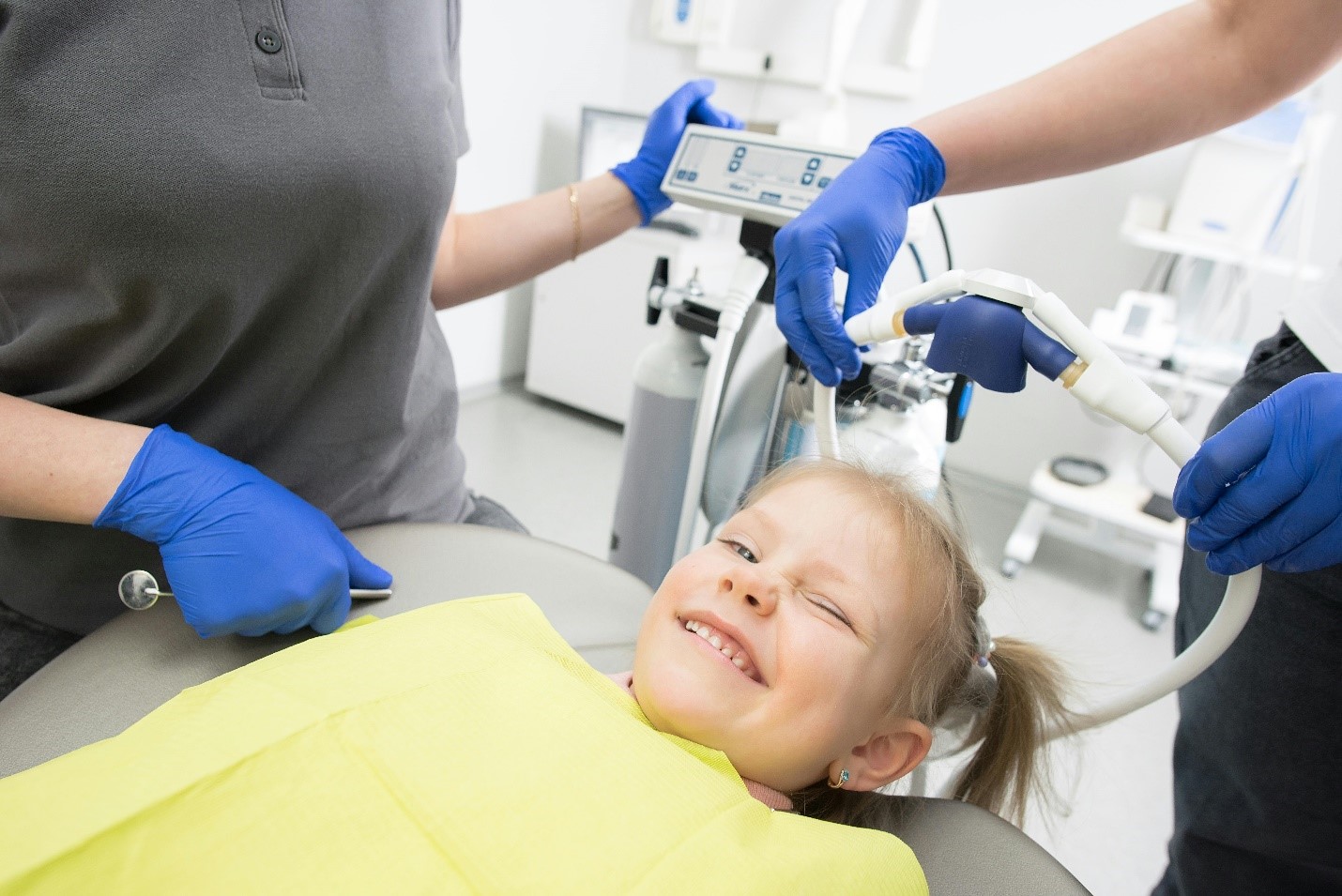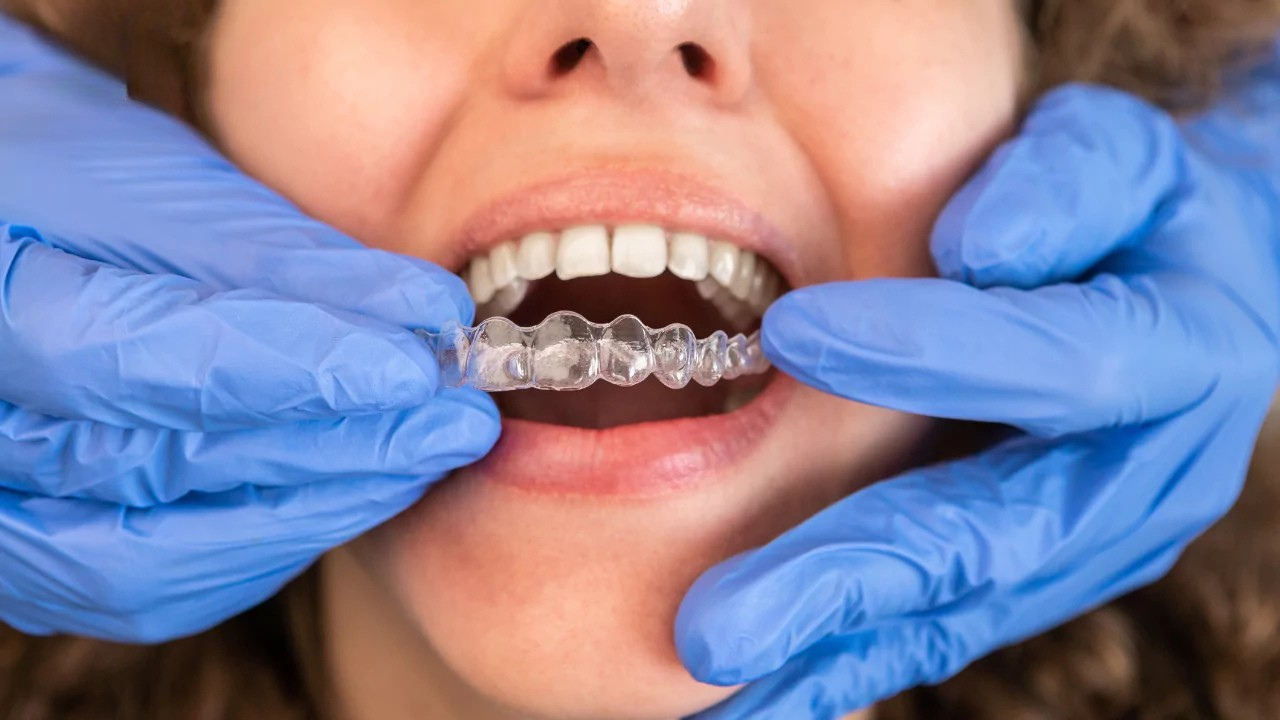TMJ Disorder and Treatment | All You Need To Know
TMJ

Table of Contents
The Temporomandibular joint (TMJ) is the joint between the lower jaw and the base of the skull. TMJ disorders (TMD) refer to a group of disorders with symptoms that include pain, clicking, noise, grating in the jaw joint, or problems chewing or opening the jaw. It is also known as Craniomandibular disorder (CMD) and is one of the most frequent causes of facial pain.
Signs and Symptoms of TMJ Disorder
The signs and symptoms of TMD commonly include pain, joint sounds (clicking, grating), and limited or asymmetrical jaw movement that may have an effect on the quality of life. Studies have reported that approximately 25% of the population has at least one sign of joint dysfunction (abnormal jaw movement, tenderness on palpation, joint noises, etc.).
TMJ Disorder and treatments
Treatment options for TMD include reassurance (patient education, self-care, and behavior therapy), physiotherapy (such as ultrasound, acupuncture, short wave diathermy laser, heat exercises, and biofeedback), occlusal splint therapy, drug therapy, occlusal adjustment, surgical intervention, and combined treatment. In case of emergency treatment, book appointments for consultation with TMJ specialist in Dubai.
Occlusal Splints:
Although, there are different types of occlusal appliances that have been used a long time ago to treat temporomandibular disorders, till now still there is considerable debate about the design of occlusal appliances, how they should be used, and the mode of curing action. Occlusal appliances were originally made from acrylic resin and cover all or most of the teeth in one arch. Nowadays there are recent advances in materials, designs, and using occlusal appliances as therapeutic devices. The mechanisms of action of the occlusal appliances as treatment include occlusal disengagement, restoring vertical dimension of occlusion, muscles relaxing, joint unloading, or TMJ repositioning.
The occlusal appliances are considered as deprogrammers or jaw re-positioners to establish ideal jaw relationships and thus relieve pain and restore function.
Types of Oral appliance for Treatment of TMJ Disorder
Different types and designs of occlusal splints with different classifications were reported in the literature. Classification of occlusal appliances include
1) Muscle relaxation appliance/ stabilization appliance used to reduce muscle activity
2) Anterior repositioning appliances/ orthopedic repositioning appliance
3) Anterior bite plane
4) Pivoting appliance
5) Soft/ resilient appliance classification of occlusal appliances include
- Permissive splints/ muscle deprogrammer
- Directive splints/ non-permissive splints
- Pseudo permissive splints (e.g. Soft splints, Hydrostatic splints)
Flat Plane Stabilisation Appliance (Michigan splint) Also known as the Gnathological splint, Michigan splint, or muscle relaxation appliance. The purpose of a stabilization appliance as outlined by the American Academy of Orofacial Pain guidelines is to “provide joint stabilization, protect the teeth, redistribute the occlusal forces, relax the elevator muscles, and decrease bruxism.”
Additionally, it is stated that “wearing the appliance increases the patient’s awareness of jaw habits and helps alter the rest position of the mandible to a more relaxed, open position”. The surface of the splint should be touching uniformly, evenly, and simultaneously with the opposing teeth. Some investigators preferred this design in asymptomatic individuals and reported that this concept is more effective in reducing muscle activity. The muscle relaxation appliance is the most commonly used type of occlusal appliance, and it has the least adverse effects on oral structures when properly fabricated.
There are different types of occlusal appliances, each one has its special design, indication, and precautions that should be followed so that Dental Clinic in Dubai are strongly advised to thoroughly understand the masticatory system dynamics and perform a comprehensive examination of the TMJ and its related structures to be able to choose correct appliance perfectly with fewer complications.
Book an Appointment With Your Doctor NOW!
Ready for a brighter smile? Schedule your appointment with Dr. Paul’s Dental Clinic today and experience exceptional dental care.
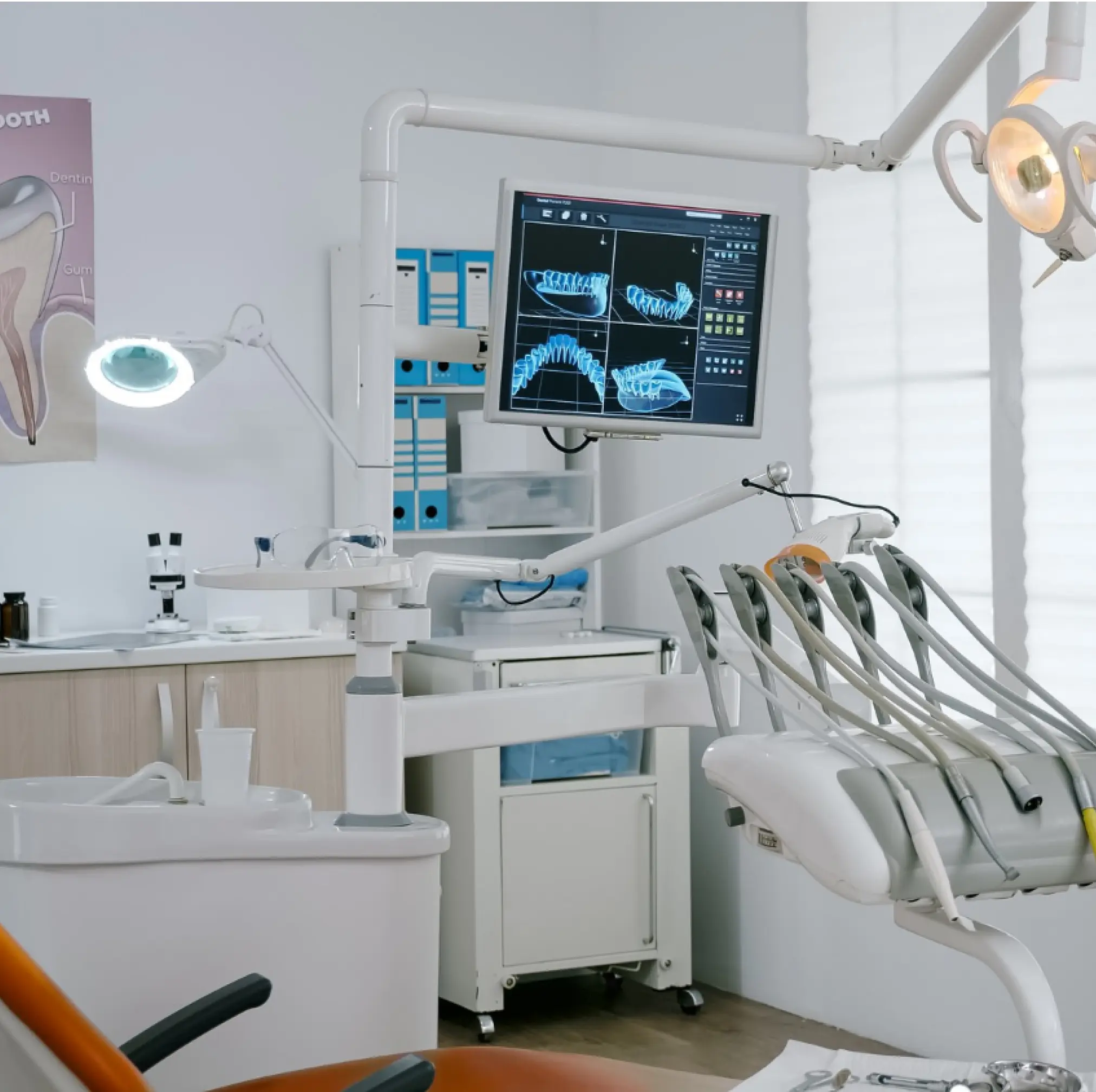
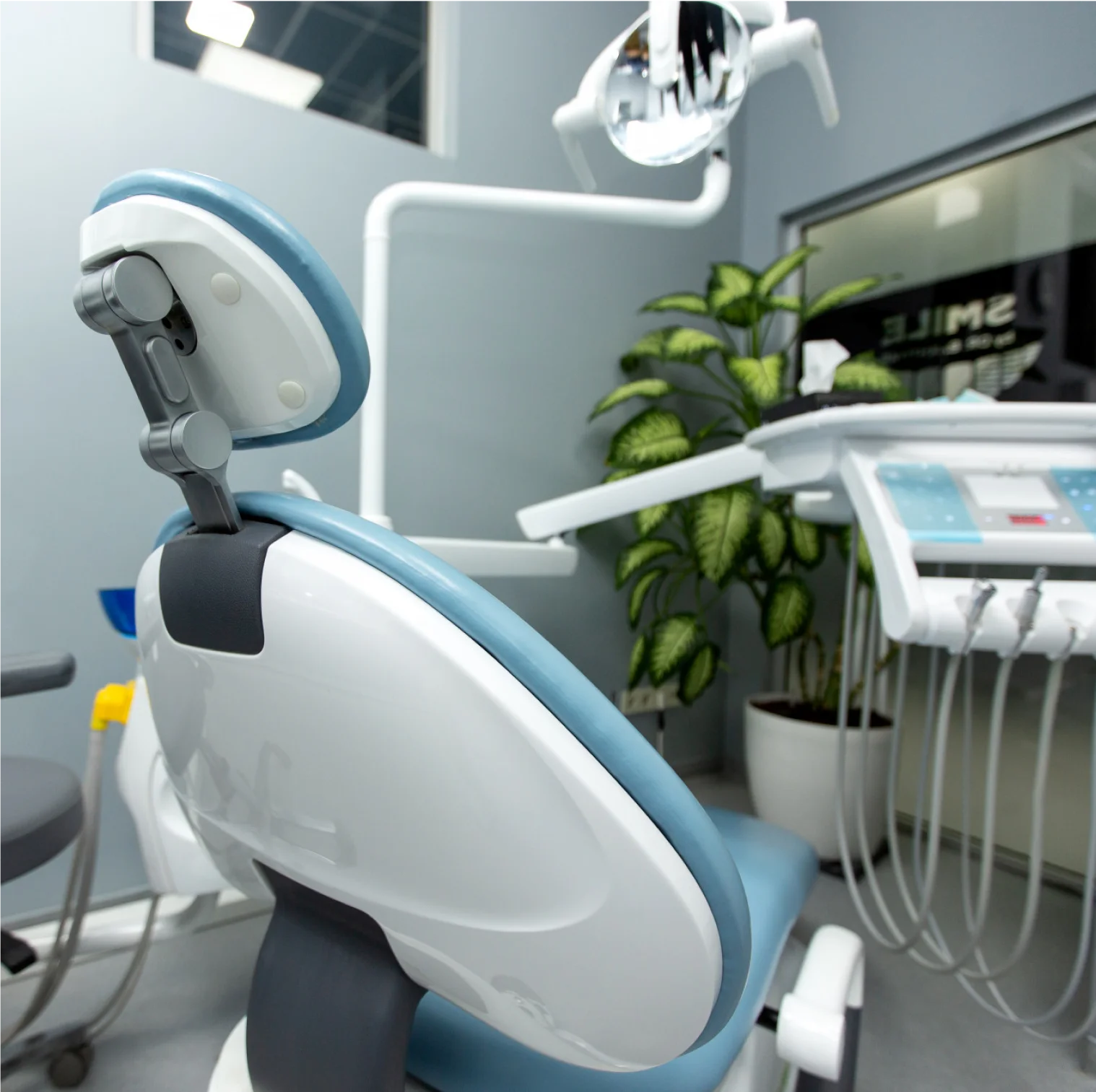
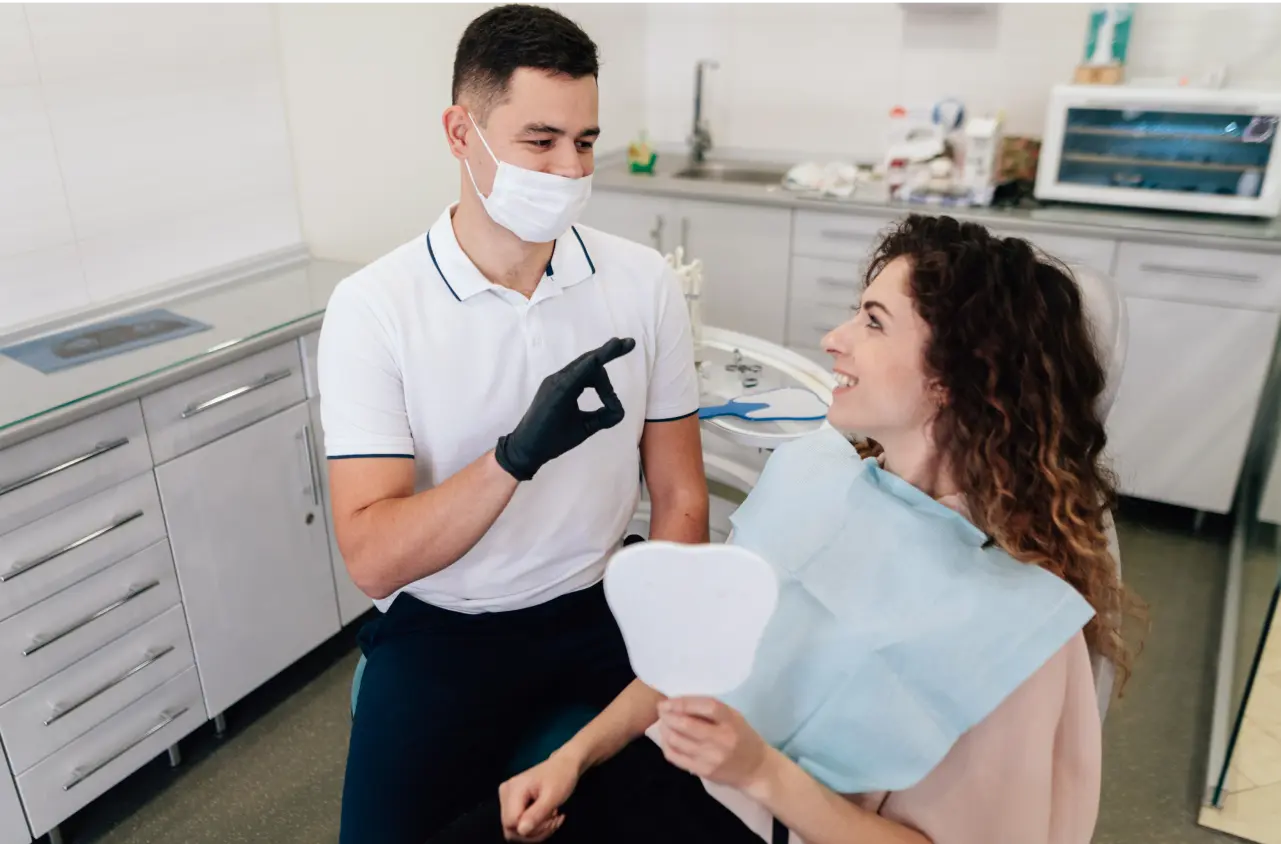
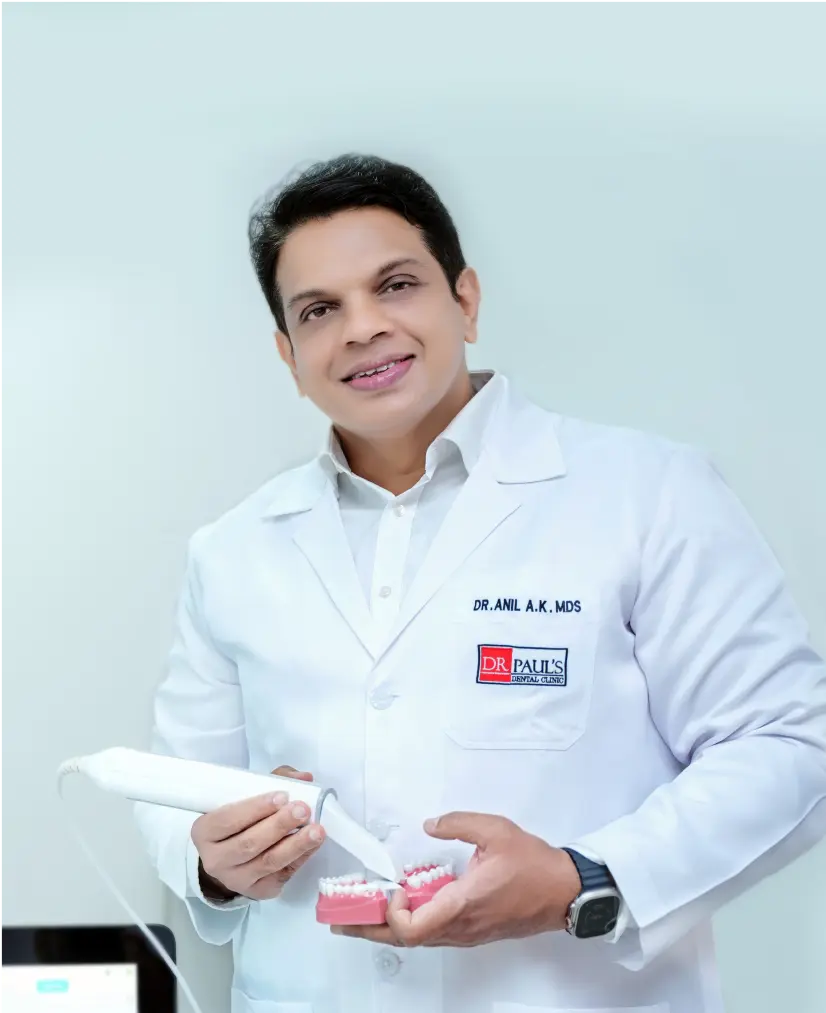 Dr. Anil Abdul Kaphoor
Dr. Anil Abdul Kaphoor 
